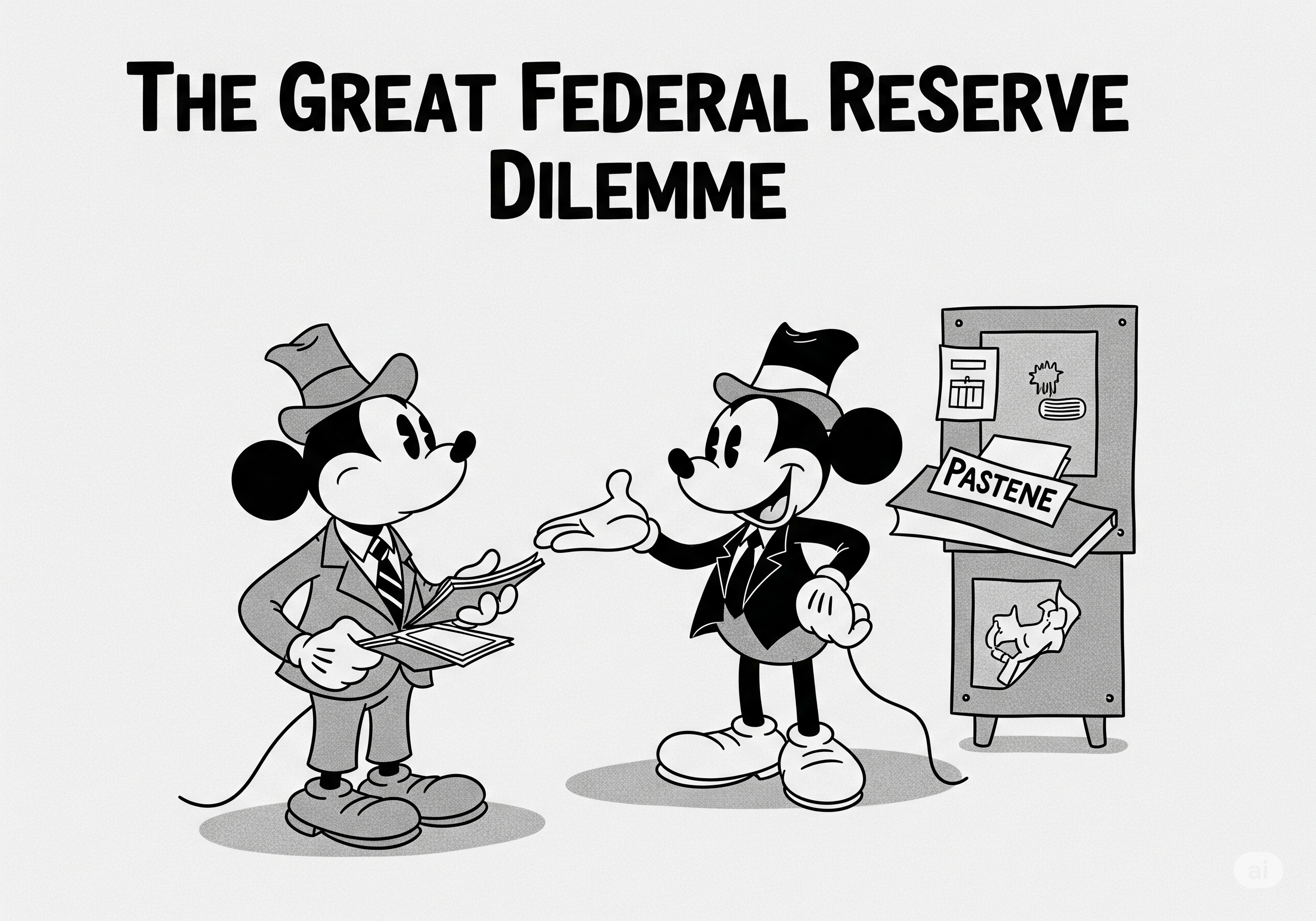
The Federal Reserve finds itself at a crossroads.
With the U.S. economy posting negative GDP growth in the first quarter, signs of a slowdown are becoming harder to ignore. Under normal circumstances, such contraction would trigger a policy response — most likely an interest rate cut — to stimulate growth. But these aren’t normal times.
The core dilemma? Lowering interest rates risks fueling inflation, which remains a top concern. On the other hand, doing nothing could deepen the economic slowdown.
Federal Reserve Chair Jerome Powell has repeatedly described recent inflationary trends as potentially “transitory,” suggesting they may resolve on their own without aggressive intervention. But the situation is complicated further by the lingering effects of the Trump administration’s unpredictable and often rapidly changing policies, which have created additional uncertainty in the market.
As a result, Powell and the Fed are currently taking a “wait and see” approach, opting for caution over immediate action. This makes sense: monetary policy decisions — such as adjusting interest rates or altering asset purchases — take time to ripple through the economy and show up in real data.
It’s a delicate balancing act. The Fed’s dual mandate is to maintain both stable prices and maximum employment. Acting too soon could destabilize prices; acting too late could hurt job growth.
A Historical Balancing Act
This is not the first time the Fed has been caught in a tug-of-war between inflation and growth. During the 1970s, the U.S. faced a period of "stagflation" — high inflation combined with stagnant growth — that forced aggressive interest rate hikes under then-Chair Paul Volcker. Those decisions eventually stabilized inflation but caused a deep recession.
That historical memory still haunts monetary policymakers. No Fed Chair wants to be remembered as the one who let inflation get out of control — or triggered a deep downturn through miscalculated policy moves.
Market Reactions and Public Pressure
Financial markets are jittery. Investors are constantly parsing Powell’s words for any signs of a policy pivot. Equities have become more volatile, while bond yields swing with every new inflation report. Even consumer sentiment is fragile — people are feeling the pinch of higher prices but also fear losing their jobs if the economy stalls.
Public pressure is mounting from both sides. Some politicians are urging the Fed to cut rates to prevent a recession, especially with elections on the horizon. Others warn that any softening would send the wrong message — that the Fed is backing away from its inflation fight.
This puts Powell in a politically sensitive spot. The Fed is meant to be independent, but its decisions have real consequences for millions of Americans, from mortgage borrowers to small business owners.
What Happens Next?
The next few quarters will be critical. If inflation cools — and there are early signs it might — the Fed could have room to support growth without sacrificing price stability. But if inflation proves sticky, any premature rate cuts could backfire.
For now, the Fed’s stance remains cautious, and perhaps that’s wise. Monetary policy is less like flipping a switch and more like steering a giant ship — slow to turn, but with far-reaching consequences.
In the meantime, the world watches — markets, politicians, economists, and everyday Americans — all waiting for the next move in the great Federal Reserve dilemma.